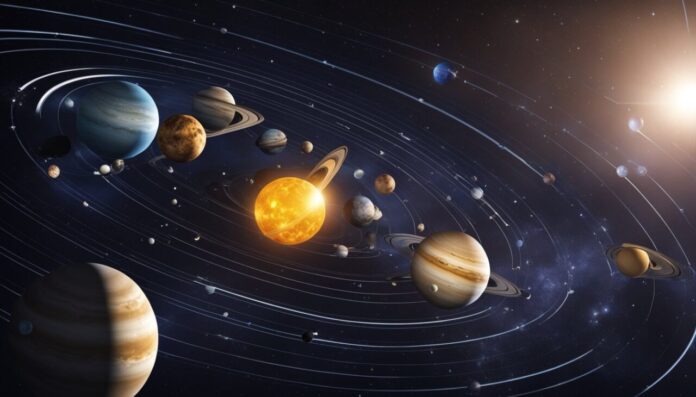
With eight planets and one dwarf planet orbiting the sun, each with its own unique characteristics, it’s no surprise that astronomers have discovered a wide range of celestial bodies surrounding them.
One of the most ‘famous’ objects that orbit planets are moons. These natural satellites come in all shapes (yes, not all moons are spherical) and sizes and some planets have many more than others.
The question remains: which planet has the most moons?
The answer to this question is not as straightforward as one might think. Namely, the number of moons a planet has can change over time as new ones are discovered or old ones are lost.
For example, just recently (in 2023), we witnessed several changes in the race for the moon throne, with different contenders taking the number 1 spot.
Related:
Current Record Holder

When it comes to the planet with the most moons, there is one clear winner: Saturn. With 146 moons, Saturn has much more than any other planet in our solar system.
But, as mentioned, Saturn just recently reclaimed the throne. Namely, Saturn has held the record for many years. Then, in February 2023, Jupiter became the planet with the most moons. However, Jupiter didn’t hold the number 1 spot for long, as in May 2023, astronomers discovered 62 new moons around Saturn.
With this finding, Saturn now has more moons than all other planets combined.
See below:
Table: Planets in the Solar System and Number of Their Moons
| Planet | Number of Moons |
| Mercury | 0 |
| Venus | 0 |
| Earth | 1 (The Moon) |
| Mars | 2 (Phobos, Deimos) |
| Jupiter | 95 |
| Saturn | 146 |
| Uranus | 27 |
| Neptune | 14 |
| Pluto (Dwarf Planet) | 5 |
Jupiter’s Moon Count
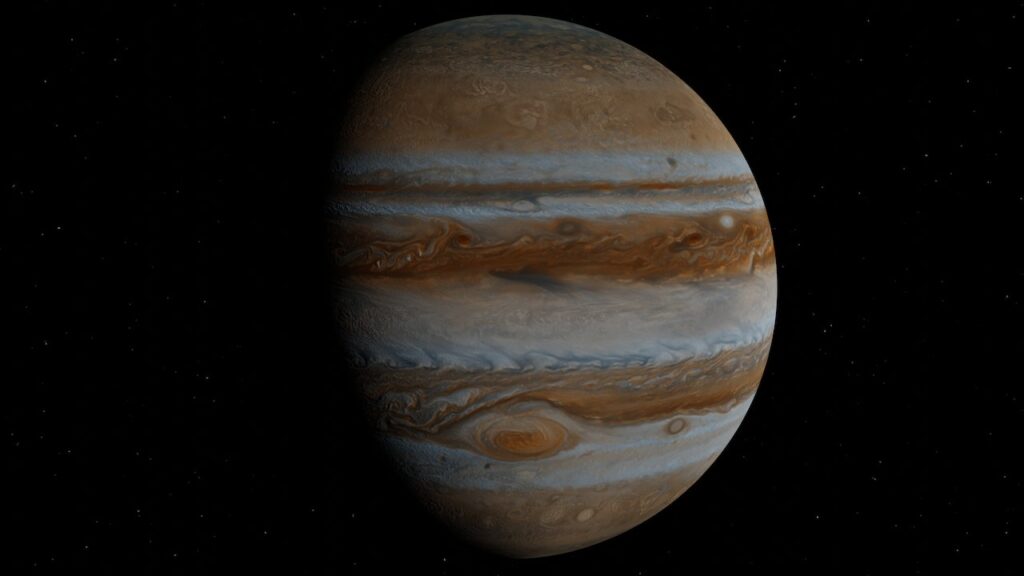
Of Jupiter’s 95 moons, the four largest are known as the Galilean moons: Io, Europa, Ganymede, and Callisto. These four moons were first observed by Galileo Galilei in 1610 and are still studied extensively by astronomers today.
In addition to the Galilean moons, Jupiter has dozens of smaller moons that are much harder to spot and study. Many of these moons are believed to be captured asteroids or fragments from other moons that were broken apart by Jupiter’s gravity.
Overall, Jupiter and Saturn are the two planets with the most moons, but other planets in our solar system also have their fair share of natural satellites.
As our technology improves, we will probably discover even more moons orbiting these planets and others in the future.
This leads us to the brief history of moon discoveries.
Moon Discoveries Over Time
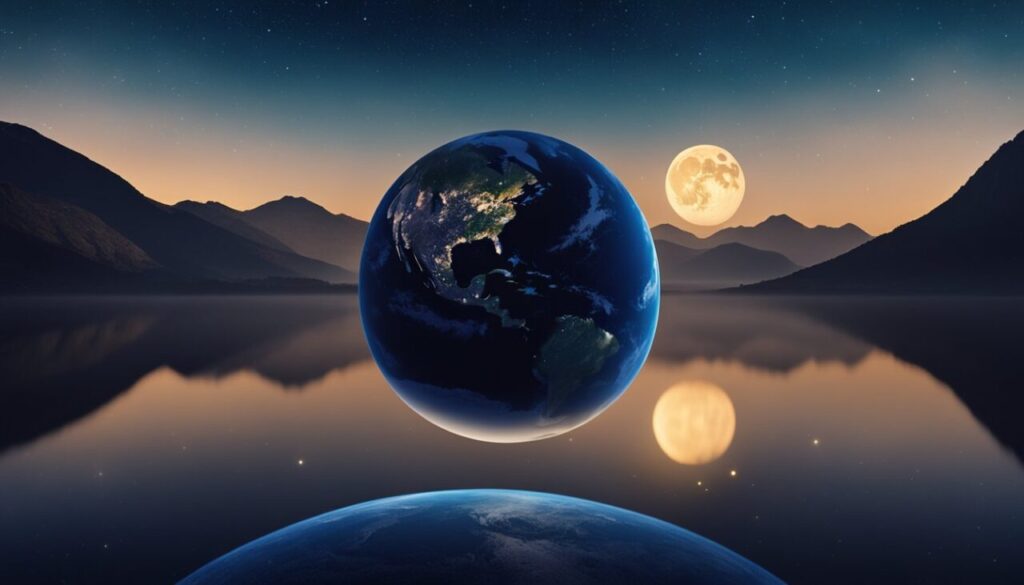
Since ancient times, humans have been aware of the existence of the Moon, the Earth’s only natural satellite. However, it wasn’t until the invention of the telescope in the early 17th century that astronomers started discovering other moons in our solar system.
The first discovery was made by Galileo Galilei in 1610, who observed four moons orbiting Jupiter. These were later named the Galilean moons. Over the next few centuries, astronomers continued to discover more and more moons orbiting the other planets in our solar system.
As of 2024, a total of 290 moons have been discovered orbiting the eight planets in our solar system. Some of those moons were discovered using telescope, while others as part of different space missions.
Impact of Space Missions
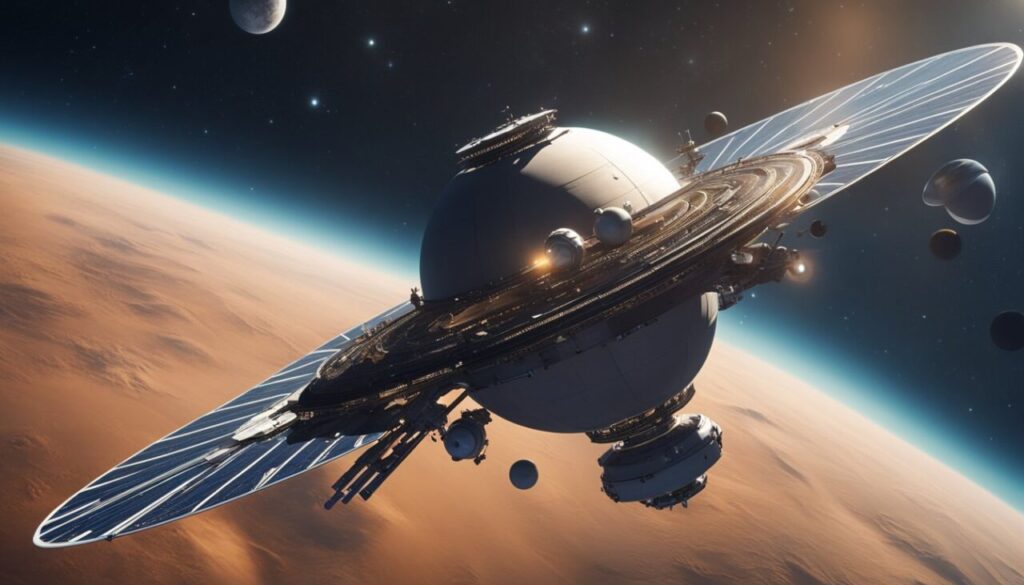
The exploration of our solar system through space missions has greatly contributed to our understanding of the number and characteristics of moons orbiting each planet.
For example, in 1979, NASA’s Voyager 1 spacecraft discovered several previously unknown moons orbiting Jupiter, including Thebe, Adrastea, and Metis.
Similarly, the Cassini spacecraft, which orbited Saturn from 2004 to 2017, discovered several new moons, including Methone, Pallene, and Polydeuces.
In addition to discovering new moons, space missions have also provided valuable data on the physical and chemical properties of these moons.
For example, the Galileo spacecraft, which orbited Jupiter from 1995 to 2003, provided detailed images and data on the Galilean moons, revealing their complex geology and potential for harboring life.
Importance of Moon Count
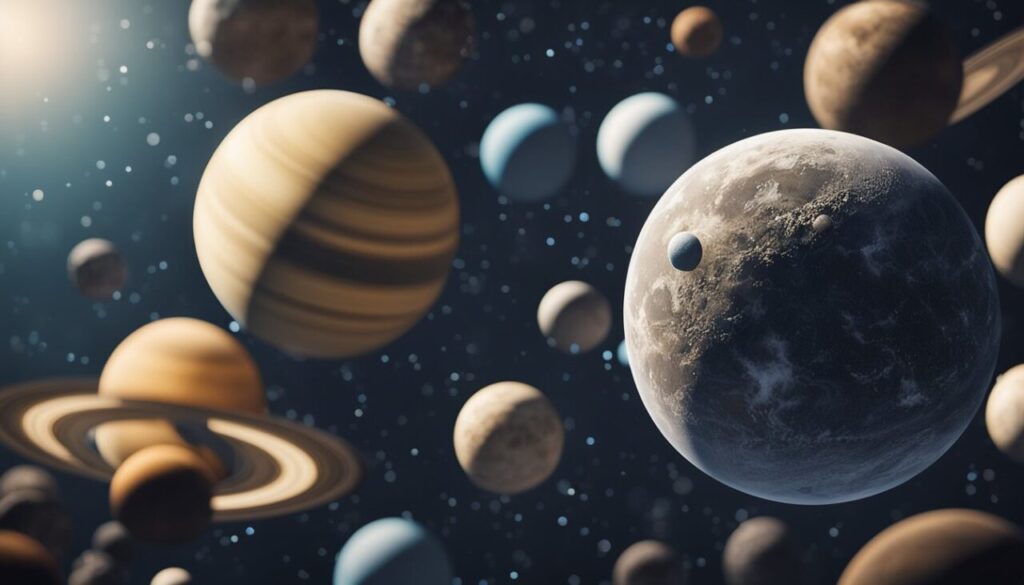
Scientific Significance
The number of moons a planet has is an important factor in understanding its formation and evolution. Scientists study the moons of a planet to learn more about its origin, internal structure, and surface features.
The moons of a planet also play a crucial role in its gravitational interactions with other celestial bodies. The gravitational pull of a moon can affect the axial tilt and rotation of its host planet, leading to changes in climate and weather patterns.
The presence of a large moon like Earth’s can also stabilize the planet’s orbit and prevent it from wobbling too much, which could have catastrophic effects on the planet’s habitability.
Comparative Planetology
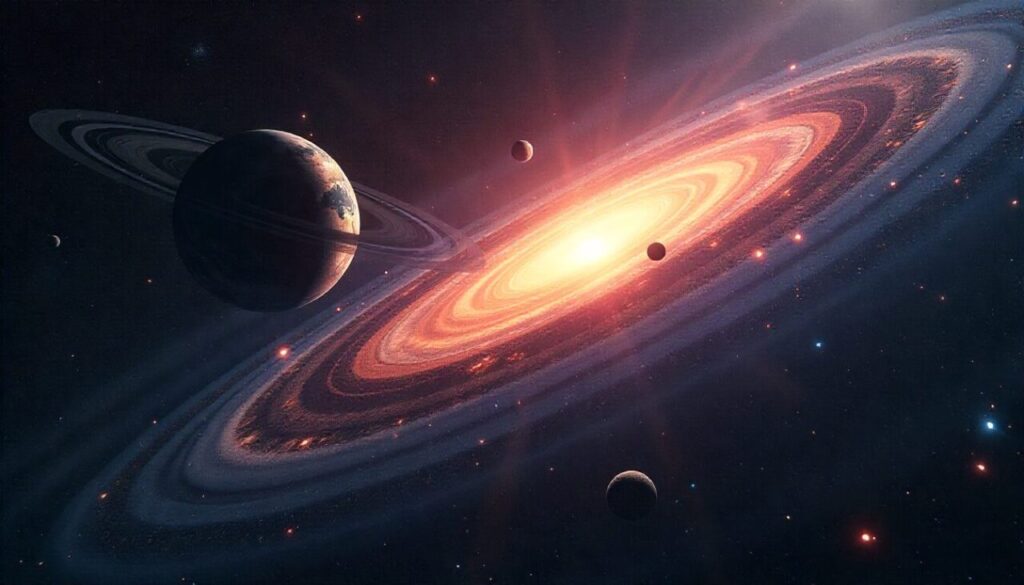
Comparing the number and characteristics of moons among different planets in the solar system can provide valuable information about the processes that led to their formation.
For example, the four inner planets (Mercury, Venus, Earth, and Mars) have relatively few moons, while the outer planets (Jupiter, Saturn, Uranus, and Neptune) have many more.
This suggests that the formation of moons is more common in the outer regions of the solar system, where there is more material available for accretion.
The study of moon counts can also help scientists understand the diversity and distribution of planetary systems beyond our own.
By observing exoplanets and their moons, astronomers can gain insights into the conditions necessary for moon formation and the potential habitability of these worlds.
In summary, the number of moons a planet has is not just a random statistic, but an important piece of information that can reveal much about the planet’s history, composition, and potential for life.
However, it’s not always easy to count moons.
Challenges in Counting Moons
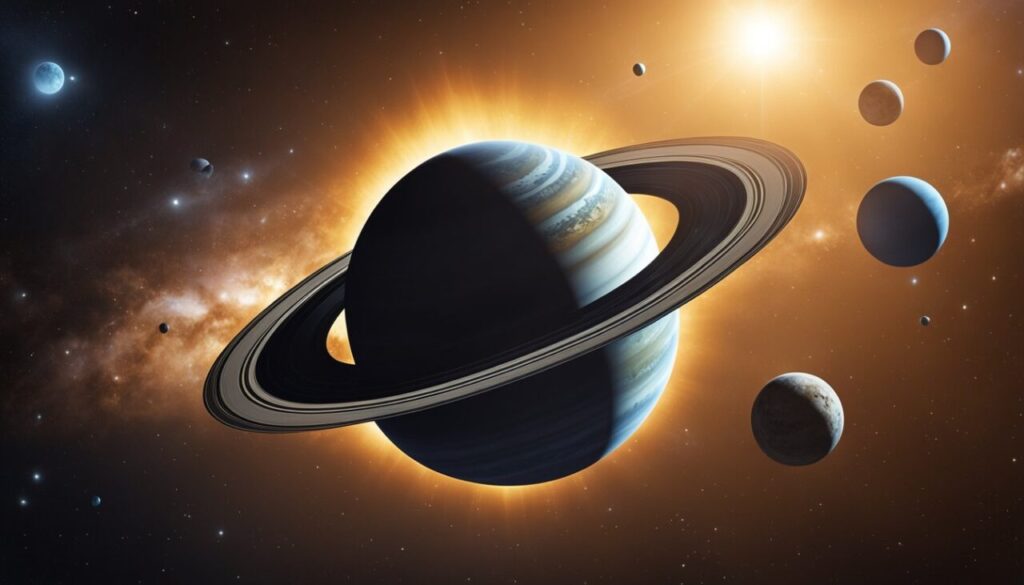
Counting moons can be a challenging task, especially when it comes to outer planets in the Solar System. Here are some of the main challenges that astronomers face when trying to determine the number of moons a planet has:
1. Size and distance
Many moons that orbit outer planets are small and distant, making them difficult to spot with telescopes. This is particularly true for moons that orbit beyond the planet’s rings, as they are often faint and hard to distinguish from background stars.
2. Orbital resonance
Some moons are locked into complex resonances with each other, meaning that their orbits are synchronized in such a way that they always return to the same positions relative to each other. This can make it difficult to determine how many moons a planet has, as it may not be clear which objects are separate moons and which are simply part of a larger resonance.
3. Temporary moons
Some moons are only temporary visitors to a planet’s orbit, captured for a short period of time before being flung back out into space. These moons can be difficult to detect, as they may only be visible for a few weeks or months before disappearing again.
For example, just recently, scientists discovered that Earth may have a new temporary moon, or ‘quasi-moon,’ as they call it. For now, it is officially named asteroid 2023 FW13.
And so, this brings us to the end of the article.
Space exploration topics are always rather interesting. Everything regarding cosmos is rather interesting!
And while Saturn has the most moons for now, this number will likely change as we find new moons orbiting around Jupiter and other planets.
As we’ve written in our article ‘What Will Earth Look Like In 1 Billion Years?‘ there will be many changes on Earth and in space in the next 1 billion years. Certainly, some moons will disappear completely, and new ones will appear in the Solar System.
We will not be here to witness that, at least not in this universe.
Perhaps in some parallel universe… 😊
Note: If you enjoyed this article you might also like:



























